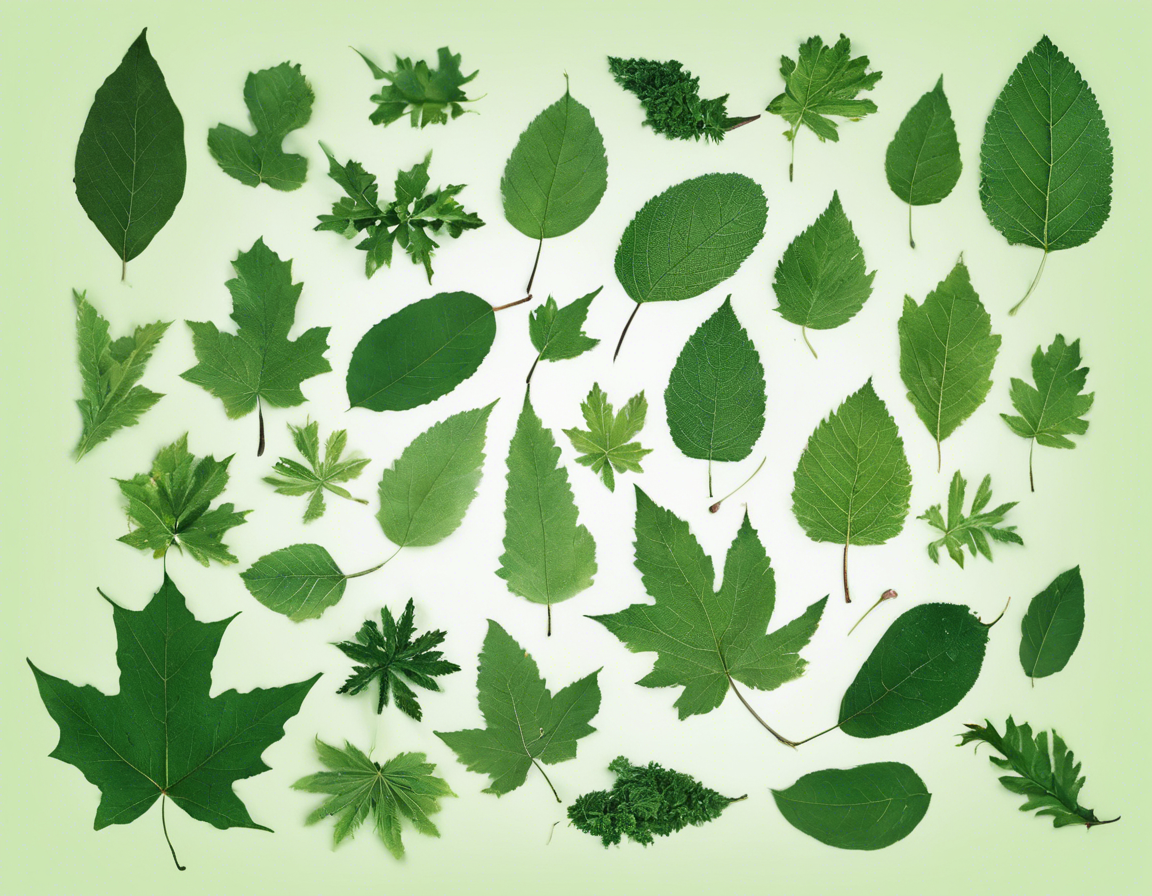Introductory Paragraph:
In the world of indoor gardening, one common issue that every plant parent faces at some point is leaf problems. Whether it’s yellowing, brown spots, or wilting, leaf problems can be indicative of underlying issues that need to be addressed promptly. In this comprehensive guide, we will delve into the various leaf problems that plants may experience and provide you with effective strategies to cure and prevent them from recurring.
Understanding Common Leaf Problems
Yellowing Leaves
One of the most common leaf problems that plant owners encounter is leaf yellowing. This can be caused by a variety of factors such as nutrient deficiencies, overwatering, underwatering, insufficient sunlight, or even pests. To properly diagnose and address the issue, it’s essential to inspect the affected plant closely and consider the environmental conditions it’s subjected to. Adjusting watering schedules, providing adequate light, and supplementing with the necessary nutrients can help alleviate leaf yellowing.
Brown Spots and Leaf Edges
Brown spots and leaf edges can be indicative of issues such as fungal infections, nutrient imbalances, or even pest infestations. It’s crucial to identify the root cause of the problem to effectively treat it. Pruning diseased areas, improving air circulation, and using fungicides or natural remedies can help in mitigating leaf browning and preventing its spread.
Wilting Leaves
Wilting leaves are often a sign of water stress, either due to overwatering or underwatering. It’s important to assess the plant’s root health and adjust watering practices accordingly. Sometimes, factors like root rot or compacted soil can lead to wilting leaves as well. Replanting in well-draining soil, pruning damaged roots, and maintaining proper watering habits can help revive wilted leaves.
Effective Strategies for Curing Leaf Problems
1. Conduct a Thorough Inspection
When faced with leaf problems, it’s essential to conduct a thorough inspection of the plant. Look for any visible signs of pests, diseases, or nutrient deficiencies. Check the leaves, stems, and even the roots for any abnormalities that may offer clues to the underlying issue.
2. Adjust Environmental Conditions
Optimal environmental conditions are crucial for plant health. Ensure that your plants are receiving adequate sunlight, proper humidity levels, and appropriate temperatures. Adjusting these conditions can often help in alleviating leaf problems and promoting overall plant vigor.
3. Implement Proper Watering Practices
Overwatering and underwatering are common culprits behind many leaf problems. Establish a consistent watering schedule based on your plant’s specific needs and observe how the plant responds. Adjust watering frequency and amounts as necessary to prevent water-related issues.
4. Provide Adequate Nutrients
Nutrient deficiencies can manifest as leaf discoloration or distortion. Ensure that your plants are receiving the necessary nutrients through a balanced fertilization regimen. Consider supplementing with specific nutrients like nitrogen, phosphorus, and potassium based on your plant’s requirements.
5. Prune and Remove Affected Leaves
Pruning diseased or damaged leaves can prevent the spread of issues to healthy parts of the plant. Use sterile tools to remove affected leaves and dispose of them properly to prevent reinfection. Regular pruning can also promote new growth and rejuvenate the plant.
Preventative Measures for Healthy Leaves
1. Regularly Inspect Plants
Regularly inspecting your plants for any signs of leaf problems can help catch issues early on before they escalate. Be proactive in monitoring leaf health and addressing any abnormalities promptly.
2. Maintain Good Air Circulation
Good air circulation around your plants can help prevent fungal issues and promote healthy leaf development. Consider using fans or placing plants in well-ventilated areas to reduce the risk of leaf problems.
3. Practice Proper Sanitation
Sanitation is key to preventing the spread of diseases among plants. Clean your gardening tools regularly, avoid overwatering, and remove fallen leaves or debris from around your plants to create a clean growing environment.
4. Rotate Plants
If you have multiple plants, consider rotating their positions periodically. This can help ensure uniform light exposure and airflow, reducing the likelihood of leaf problems caused by uneven conditions.
5. Use Quality Soil and Potting Mix
Choosing high-quality soil and potting mix can provide your plants with essential nutrients and proper drainage. Invest in reputable brands or consider creating your own custom mix to meet your plants’ specific needs.
Frequently Asked Questions (FAQs)
1. Why are my plant’s leaves turning yellow?
Yellowing leaves can indicate several issues such as nutrient deficiencies, overwatering, or poor light exposure. Conduct a thorough inspection to determine the root cause and make necessary adjustments.
2. How can I prevent pest infestations on my plant’s leaves?
Regularly inspecting your plants, maintaining good hygiene practices, and using natural pest deterrents can help prevent pest infestations on leaves. Consider introducing beneficial insects or neem oil as organic solutions.
3. Is leaf discoloration always a sign of nutrient deficiencies?
While nutrient deficiencies can cause leaf discoloration, other factors like pH imbalances, light intensity, or diseases can also lead to similar symptoms. It’s crucial to consider various factors when diagnosing leaf problems.
4. Can wilting leaves be revived, or should I remove them?
In many cases, wilting leaves can be revived by addressing underlying issues such as water stress or root problems. However, severely damaged leaves may need to be pruned to redirect the plant’s energy towards healthier growth.
5. How often should I fertilize my plants to prevent nutrient deficiencies in leaves?
The frequency of fertilization depends on the type of plant, its growth stage, and the fertilizer used. Generally, fertilize your plants during the growing season following the instructions on the fertilizer package to prevent nutrient deficiencies in leaves.
In conclusion, maintaining healthy leaves is essential for the overall well-being of your plants. By understanding common leaf problems, implementing effective strategies for their cure, and adopting preventative measures, you can ensure that your indoor garden thrives with vibrant and lush leaves. Stay vigilant, provide proper care, and your plants will reward you with their beauty and vitality.
